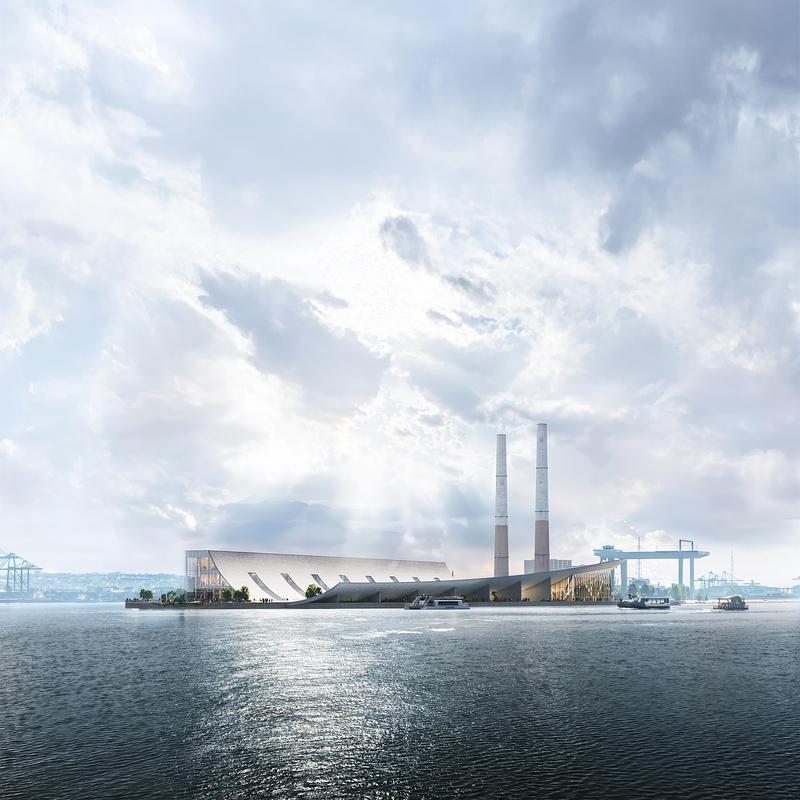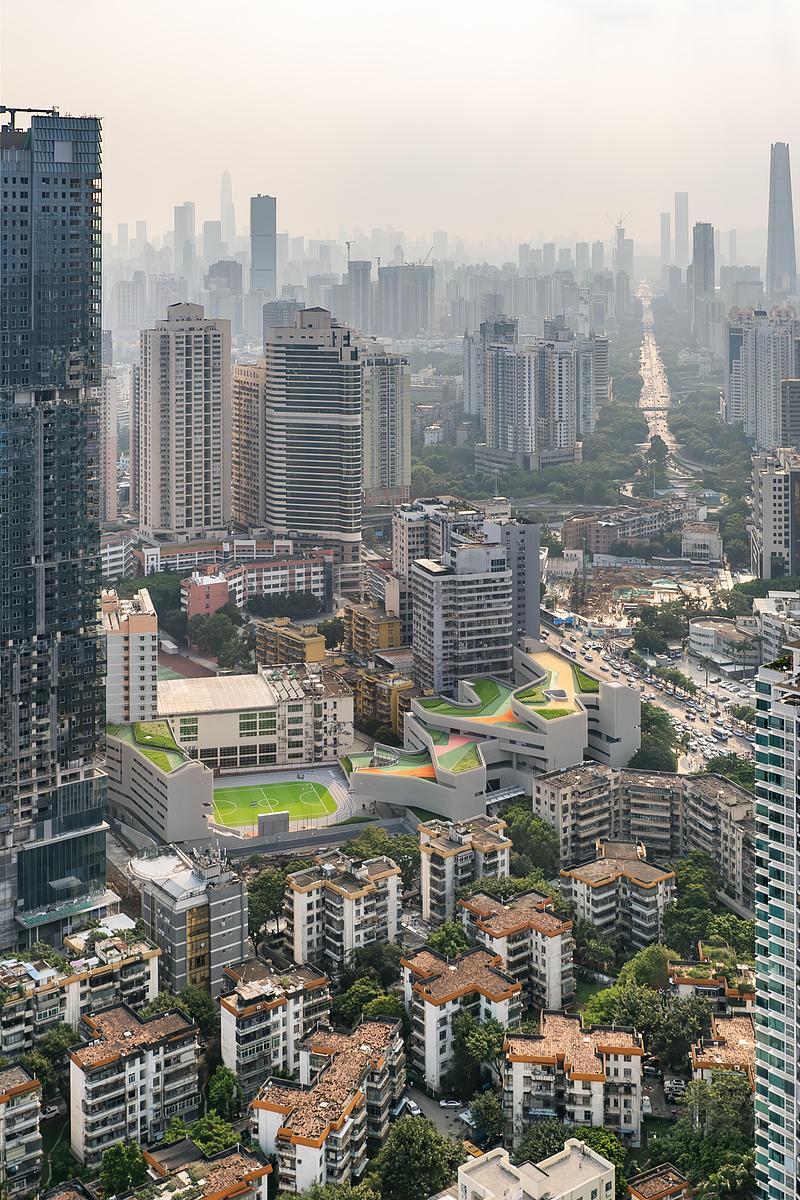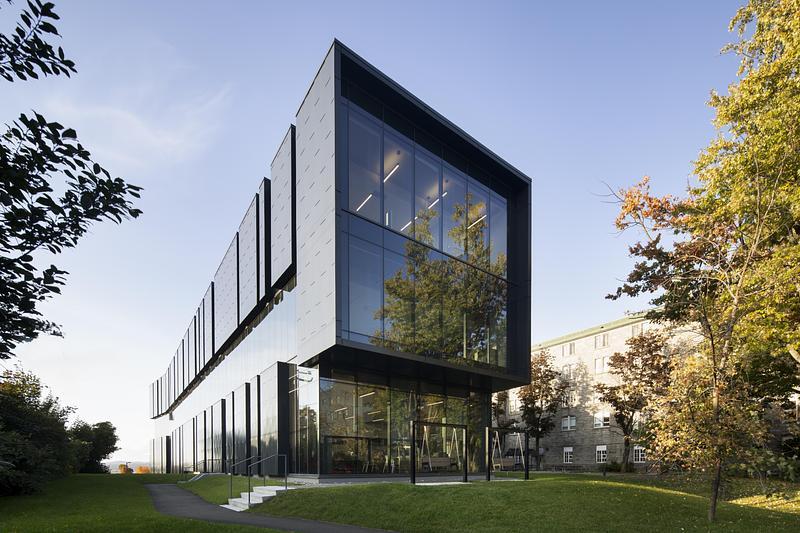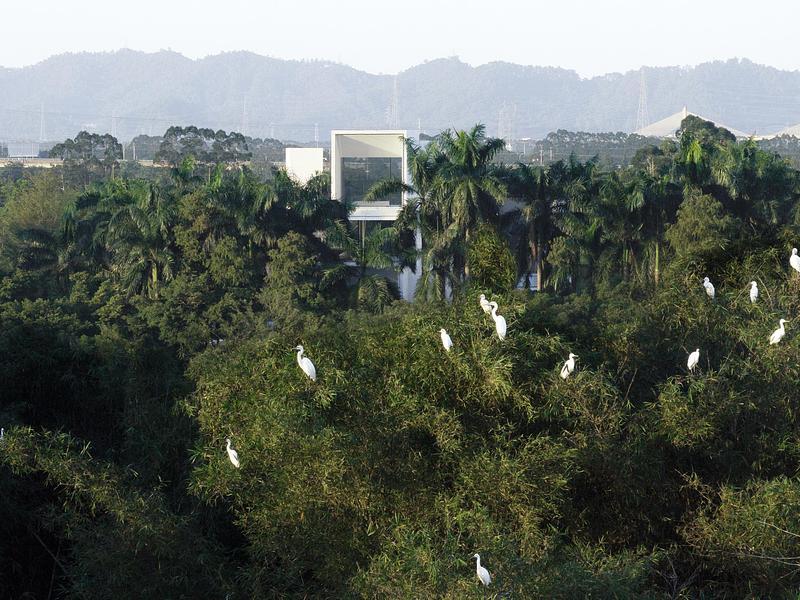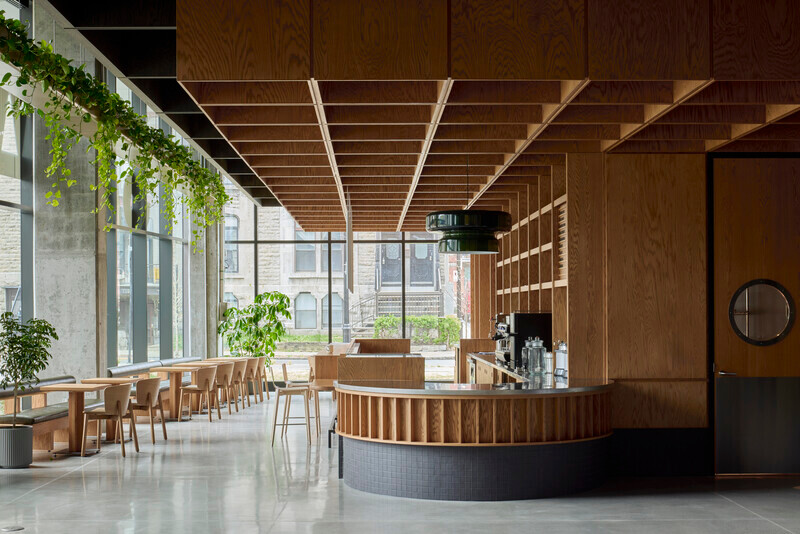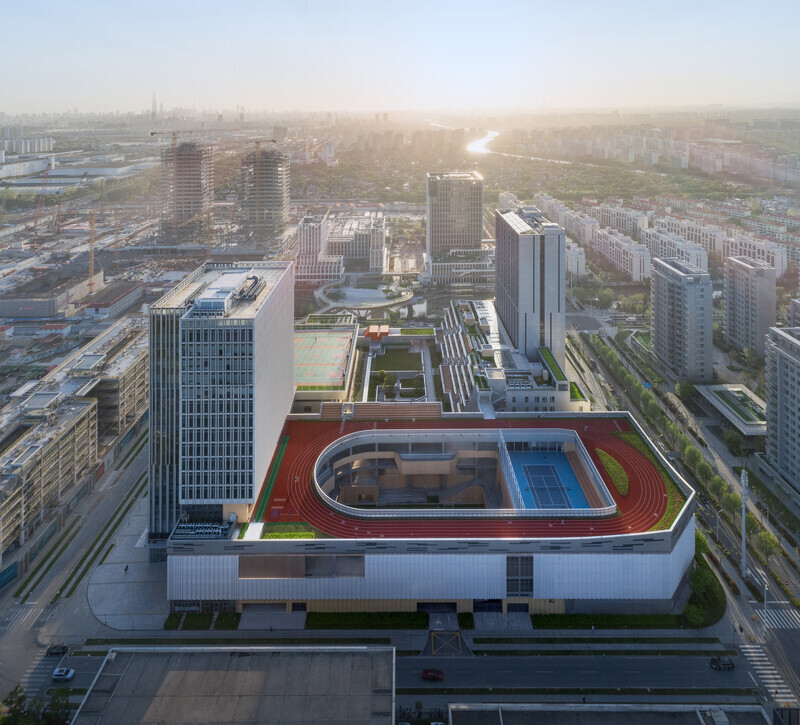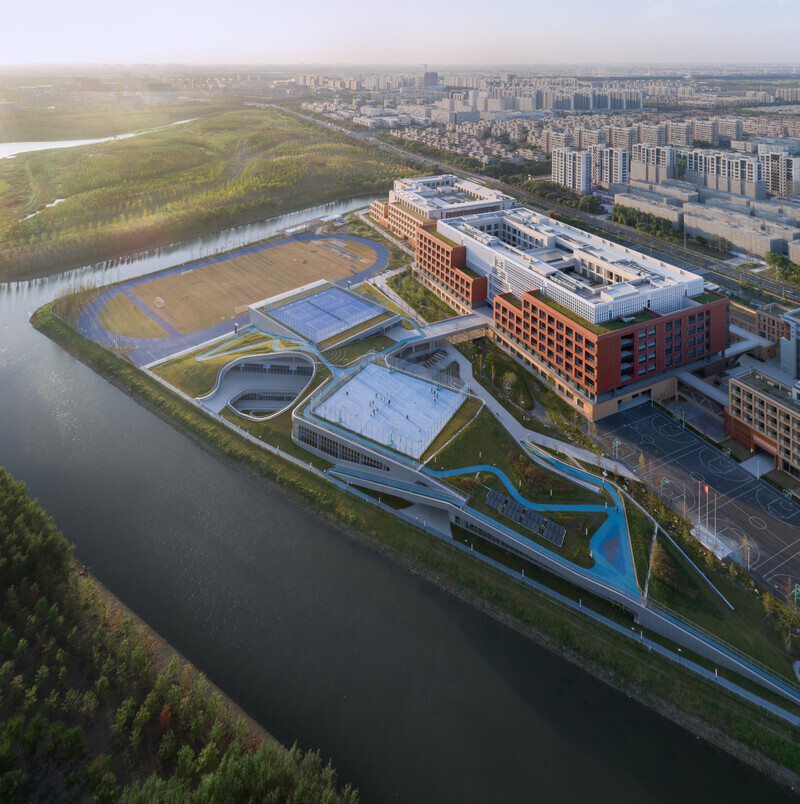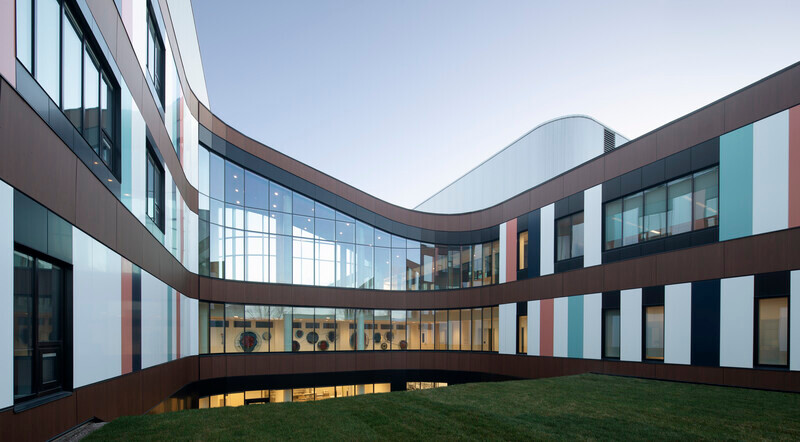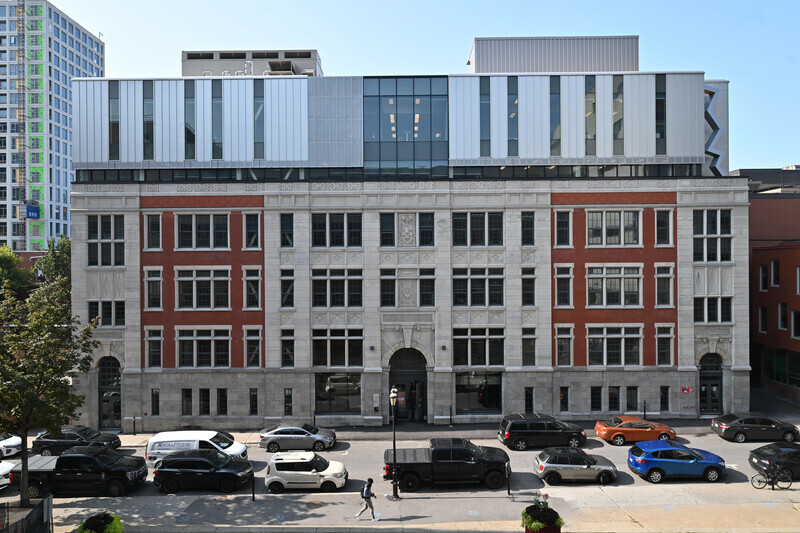
Press Kit | no. 2275-04
Metamorphosis of the Montréal Insectarium
Kuehn Malvezzi + Pelletier de Fontenay + Jodoin Lamarre Pratte architectes
Grand Prix d’excellence en architecture from the Ordre des architectes du Québec
The prestigious 2023 Grand Prix d’excellence en architecture from the Ordre des architectes du Québec was awarded to the Metamorphosis of the Montreal Insectarium, a project carried out by the consortium of Kuehn Malvezzi, Pelletier de Fontenay, and Jodoin Lamarre Pratte architects. The jury was particularly drawn to the immersive experience for the visitor, the synergy between architecture and landscape, and the technical challenges overcome to bring the museum concept to life.
“This exceptional project unanimously attracted the attention of the jury from the preliminary analysis of applications through to the deliberations. The concept of biophilia takes on its fullest meaning in this Space for Life institution in Montreal. The glass volume, with its contemporary silhouette, and the base of earth and lush vegetation that it covers, offers an immersive journey that invites the visitor not only to discover insects, but to adopt their point of view on their environment. The technical challenges that had to be overcome to transform the museum experience to such an extent, as well as the strong synergy between the architecture of the building and that of the landscape, promoting its integration into the Jardin botanique de Montréal, earned this project one of two Grands Prix that the jury chose to award this year.”
The metamorphosis of the Montreal Insectarium redesigns our relationship with insects
Comprising the Biodôme, the Biosphère, the Insectarium, the Jardin botanique, and Planétarium Montreal, Space for Life is the largest nature science museum complex in Canada. It brings together a daring, creative urban movement, encouraging all of us to rethink the connection between humankind and nature in order to cultivate new ways of living. The new Insectarium, nestled alongside the Biodôme and the Jardin botanique, aims to transform the public's relationship with insects through an innovative architectural and museological approach.
The design for the Insectarium was carried out by Berlin-based architects Kuehn Malvezzi and Montreal firms Pelletier de Fontenay and Jodoin Lamarre Pratte architectes, as well as landscape architects atelier le balto, Berlin. This partnership, completed with Montreal engineers Dupras Ledoux and NCK, won the international competition for the project in 2014 with a concept to fuse architecture and nature.
Following a seven-year design and construction period, the Insectarium held its grand opening on April 13, 2022, revealing hundreds of insect species to the public. The new Insectarium replaces the city’s former Insectarium building, built in 1990, and features detailed displays for preserved insects and habitats for live species to thrive. At the heart of the project, there is an immersive sensory labyrinth experience, as well as a pollinator garden, creative workshops, and production areas.
Opening at a crucial moment for rethinking relationships between human and non-human biology, the new Montreal Insectarium represents a critical new approach for museums of natural history.
Architecture and nature
The design of the new Montreal Insectarium builds on detailed analysis of 400 years of museums, orangeries, greenhouses, and other architectures for the categorization and display of the natural world. Acknowledging the destructive history of this conceptual separation between humans and other natural life, the project’s design subverts museological norms and expectations.
Unlike museums designed to contain changing exhibitions and displays, the Insectarium’s curatorial concept and its museological expression are held in the very architecture of the building. The precisely choreographed route through the building dissolves divides between the human and the natural with barrier-free displays and immersive sensory experiences.
The external architecture of the Insectarium is visible through three archetypal structures that communicate a light touch construction process with integration into the pre-existing landscape of the botanical garden. The walled Pollinator Garden serves as a relaxing and welcoming space. The garden slopes down to the base of a greenhouse, which contains a central hall and living environments for live insects. Beyond the greenhouse, an enigmatic planted mound erupts from the surface as a cocoon-like dome that contains the Insectarium's collection within.
Immersive experience
The Insectarium visitor’s experience begins and ends with a promenade through the Pollinator Garden. It blurs the divide between the building’s interior and exterior, while providing first encounters with insect life that will become transformed during the progression through the rest of the museum.
Upon passing through the entrance hall, the immersive experience of sensory metamorphosis begins. The Labyrinth takes visitors through a curved, descending path with sloping walls. The path is designed to destabilize our perception; to signal a departure from familiar spatial environments and the entrance to an underground labyrinth of six Perceptual Alcoves.
The six rooms disorient human senses and mimic the sight, sound, and movement of insect:
- One eye, many facets simulates the pixelated vision of a fly.
- Good vibes amplifies the room’s vibrations to reflect the sonics of a grasshopper.
- From blade to blade is a route of climbable sticks, requiring the balance of a gnat atop a leaf.
- Tight squeeze turns humans into cockroaches who must negotiate a tight squeeze.
- The world in UV replicates the ultraviolet vision of a bee.
- Ceiling walk turns the world upside down.
Having experienced sensory experimentation in the six rooms, visitors finally meet living insects in the Tête-à-tête Gallery. Six bespoke viewing boxes in the space allow visitors to block out the exterior world, providing a close-up view of insects in different vivaria. The niches facilitate concentrated and immersive contact with the different species of insect; a contact that has been reformulated by the immersive perceptual spaces.
Chromatic collection
The Insectarium’s collection is housed and displayed in a dramatic, ten-meter-high Domed Hall that erupts through the earth as a planted mound. On the minimal, shotcrete interior, a wall of 72 framed displays shows the museum’s extensive and unique collection of preserved insects unfolding across two horizontal bands. The first band is organized chromatically to display the extraordinary biodiversity and beauty of insects. The second band follows an encyclopedic logic to reveal the evolutionary success of insects through different themes, such as habitat and gender. The two levels have the combined effects of astonishing and educating the public.
Interspecies encounters
Re-emerging from the earthen textures of the underground, visitors enter the Grand Vivarium. This spacious, light-filled greenhouse features a gradually inclining route that progresses through a range of micro-climates supporting the life of varying plant and insect species. Many of the insects, such as butterflies and caterpillars, move freely in the space and can be observed without barriers. Others, such as leaf-cutter ants, giant beetles, scorpions, and giant centipedes, are presented in glass vivaria integrated into the botanical landscape of the Grand Vivarium.
At the center of the building, the Creative Workshop hosts presentations, discussions, conferences, and learning activities for adults and children. The glass-walled space allows for views into the Grand Vivarium and the production area, as well as beyond the Insectarium towards the botanical garden outside.
Bioclimatic Building
In order to make the building truly symbiotic with its inhabitants and visitors, the Insectarium incorporates several bioclimatic and sustainable development principles. The stepped shape of the greenhouse volume is naturally oriented towards the south, enabling above-ground greenhouse areas to benefit from maximum sunshine throughout the year. Advanced mechanical systems allow much of the heat generated in the greenhouses to be recovered and redistributed, heating the rest of the building.
The underground areas take advantage of the thermal mass of the earth to stabilize temperature variations and maximize the building’s insulation. A range of additional systems, such as textile shades, motorized louvers geothermal wells, roof water recuperation, and the use of local, sustainable, VOC-free materials, support the building’s bioclimatic approach and make the Insectarium a truly sustainable building. The project is LEED Gold certified.
Technical sheet
Client: Espace pour la vie, Montreal
Insectarium Directors: Maxim Larrivée (since 2019) and Anne Charpentier (until 2019)
Project address: 4581, rue Sherbrooke Est, Montreal, Quebec, Canada, H1X 2B2
Design and construction timeline: 2014 – 2022
Construction costs: CAD 33.26 million (including museology and taxes)
Surface area: 3,600 m²
Length of the museum parcours: Approximately 350m
Naturalized insect specimens: About 3,000 species
Live insect specimens: Approximately 150 species
Plant specimens in the Grand Vivarium: About 150 species / 3000 specimens
Certification: LEED gold
Awards (to date): Grand prix d’excellence en architecture from the Ordre des architectes du Québec (2023, Canada); DAM Preis, shortlist nomination for Buildings abroad (2023, Germany); Canadian Architect Award of Excellence (2018, Canada)
Team of professionals
Architecture: Kuehn Malvezzi / Pelletier de Fontenay / Jodoin Lamarre Pratte architectes in consortium
Museology: Kuehn Malvezzi, Berlin
Landscape architects: atelier le balto, Berlin
Electromechanical engineers: Dupras Ledoux, Montreal
Structural Engineers: NCK, Montreal
Civil Engineers: Génie+, Lévis
Sustainable Development Advisor, LEED certification: CIMA+, Montreal
Indoor and outdoor signage: Kuehn Malvezzi and Double Standards, Berlin
Execution and site supervision for museology: La bande à Paul, Montreal
Scenographic and multimedia coordination: Go multimédia, Montreal
Special consultant for greenhouses: Capital Greenhouse, Thetford Mines
Tree preservation: Nadeau Foresterie Urbaine, Laval
About Kuehn Malvezzi
Simona Malvezzi, Wilfried Kuehn, and Johannes Kuehn founded Kuehn Malvezzi in Berlin in 2001. Public spaces and museums are the main focus of their practice. Kuehn Malvezzi completed the reorganization of numerous art collections such as the Belvedere in Vienna, the Rieckhallen extension at the Hamburger Bahnhof – Museum for Contemporary Art in Berlin, the Modern Gallery at the Saarland Museum, and the Julia Stoschek Collection in Düsseldorf. Recently, they won the international competition for the redesign of the Bâtiment d’Art Contemporain in Geneva. Together with architects Pelletier de Fontenay and Jodoin Lamarre Pratte architectes, Kuehn Malvezzi won the international competition for the conversion and new construction of PHI Contemporary, a cultural institution in Montreal.
Sustainability and building with an awareness of social contexts and nature are further focal points in their work. Within a complex innercity site, the Oberhausen office building, with an integrated rooftop greenhouse, combines the diverse functions of a public administrative building and sustainable food production to form a new urban nucleus. In the 14th district of Paris, Lot Petit - ZAC Saint-Vincent-de-Paul is a public housing ensemble situated in the urban fabric of a former hospital site. The inter-religious House of One, to be built on the foundations of Berlin’s earliest church, is another current project manifesting a complex intercultural context.
Prizes and awards include the Canadian Architect Award, nominations for the Mies van der Rohe Award, and finalists for the DAM Prize for Architecture in Germany. Their work has been shown, among others, at the Venice Biennial, Manifesta 7, the Chicago Architecture Biennial, and the Lisbon Architecture Triennale.
About Pelletier de Fontenay
Established in 2010 by Hubert Pelletier and Yves de Fontenay, Pelletier de Fontenay is an architectural practice based in Montreal. The office has quickly gained a reputation for excellence in designing contemporary public buildings and is currently working on projects for museums, schools, and libraries.
Pelletier de Fontenay has won two international competitions for the LOSBATES school, near Prague, and the Montreal Insectarium, a project in partnership with Berlin-based agency, Kuehn Malvezzi, and Jodoin Lamarre Pratte architectes. Locally, the firm won the Lab-École Shefford competition and the Sanaaq community center in downtown Montreal. The agency's work has also been highlighted by the awarding of major prizes, including the Architectural League prize, one of the most prestigious recognitions for emerging architects in North America.
The studio is particularly interested in the relationship between abstract concepts in architecture and their material embodiments. This approach, born of a double fascination for form and construction, is deepened by involvement in teaching and research. Parallel to their practice, Pelletier de Fontenay pursues research projects in architecture including the Invariations project, an abstract creative exploration of the fundamental principles of architecture, and Architectures de la Nature Captive, a project examining the relationship between the built and the living.
About Jodoin Lamarre Pratte architectes
Jodoin Lamarre Pratte architectes devotes its practice to the design of architectural projects for the community —mainly in the institutional fields of healthcare, transportation, education, research, and culture— as well as the realization of large corporate and governmental projects. The firm works towards the conception of a human, sensitive, intelligent architecture that respects its environment, combining creativity, knowledge, and innovation. It values the diversity and complementarity of the skills and expertise of the members of its large team, while perpetuating a culture of collaboration, inclusion, integrity, and thoroughness.
It is in this spirit that the firm works with its clients and partners to create sustainable buildings. Sustainability manifests itself holistically in all aspects of the building, whether it is flexibility of use, durability of systems, overall energy performance, ecological footprint of materials, quality of living environments, integration of the building with its environment, or resilience to climate change.
Recipient of over 165 awards of excellence and distinctions in architecture, the firm has repeatedly demonstrated its ability to design and build projects of high architectural quality. Founded in 1958 by Bernard Jodoin, Denis Lamarre, and Gérard Pratte, Jodoin Lamarre Pratte architectes is now a team comprised of more than 130 architects, technologists, technicians, designers, and other professionals under the direction of Julie Boucher, Michel Broz, Catherine Demers, Martine Gévry, Sylvain Morrier, and Nicolas Ranger.
About atelier le balto
Created in Berlin in 2001, the team of atelier le balto is composed of four landscape-architects who also have an education in gardening: Véronique Faucheur, Nil Lachkareff, Marc Pouzol, and Marc Vatinel.
Considering the art of gardens in the same way as painting or choreography, they insist on the fact that a garden is not a fixed image. In their works, if the architectural design is particularly present in winter, a certain exuberance expands throughout the summer. The further development of the garden by a professional gardener is then essential.
After having created their first garden for the Kunst Werke - Institute for Contemporary Art in Berlin, and then for the Palais de Tokyo in Paris, they have worked for many other places dedicated to art and culture. Among them: the Ludwig Forum in Aachen and the Villa Romana in Florence. In Berlin, their latest creation is the Jewish Garden in the Gardens of the World. In cooperation with Kuehn Malvezzi, they designed the Vertical Garden of the Job Center in Oberhausen. Currently under construction is, among others, the urban park Jubileumsparken in Gothenburg / Sweden. Recently, Akademie der Künste awarded atelier le balto the Kunstpreis Berlin 2022 in the "Baukunst" section.
Press inquiries
AHA
Annabelle Hagmann
info@aha-paris.com
+33 9 53 99 97 81
KUEHN MALVEZZI
press@kuehnmalvezzi.com
+49 30 39806800
Pelletier de Fontenay
info@pelletierdefontenay.com
+1 514 276-8887
Jodoin Lamarre Pratte architectes
Marie-France Messier, Head of Communications
communications@jlp.ca
+1 514 527-8821
For more information
Media contact
- Jodoin Lamarre Pratte architectes
- Marie-France Messier, Head of Communications
- communications@jlp.ca
- +1 514 527-8821
Attachments
Terms and conditions
For immediate release
All photos must be published with proper credit. Please reference v2com as the source whenever possible. We always appreciate receiving PDF copies of your articles.

Metamorphosis of the Montréal Insectarium — Main façade and Pollinator Garden
James Brittain — Kuehn Malvezzi / Pelletier de Fontenay / Jodoin Lamarre Pratte architectes in consortium
Very High-resolution image : 17.67 x 11.77 @ 300dpi ~ 15 MB
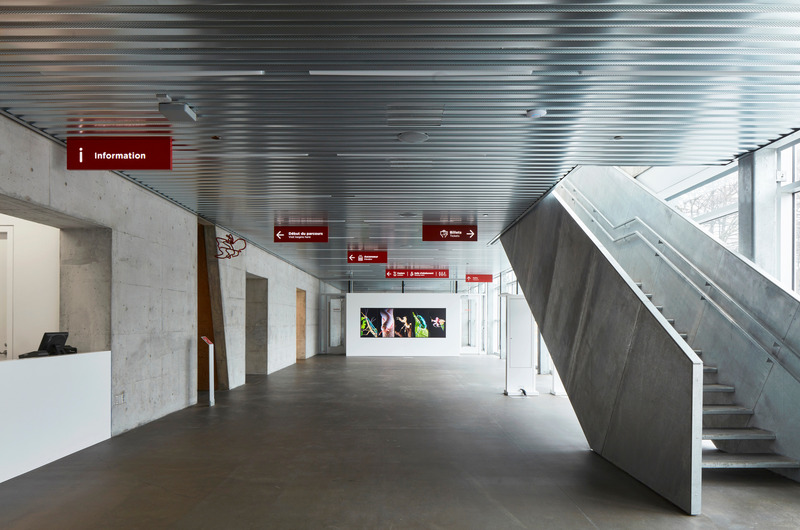
Metamorphosis of the Montréal Insectarium — Entrance Hall
Very High-resolution image : 17.67 x 11.7 @ 300dpi ~ 9.8 MB
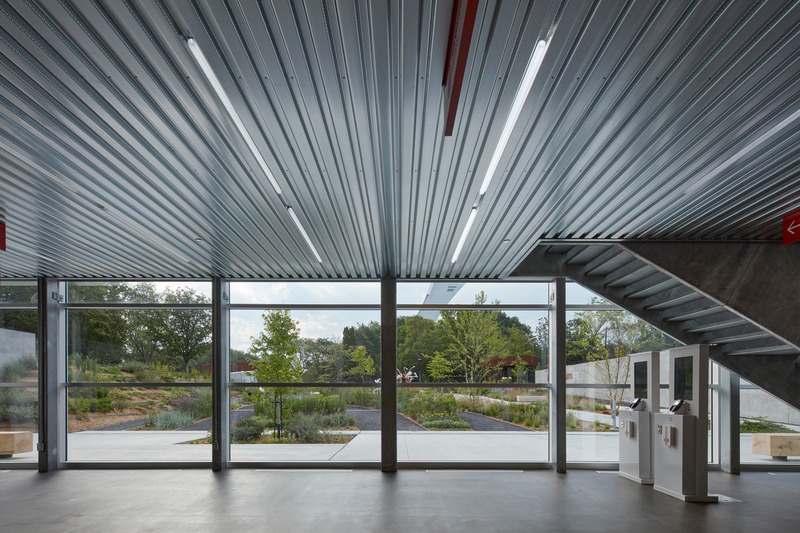
Metamorphosis of the Montréal Insectarium — Entrance Hall with a view on the Pollinator Garden
Very High-resolution image : 17.67 x 11.77 @ 300dpi ~ 13 MB
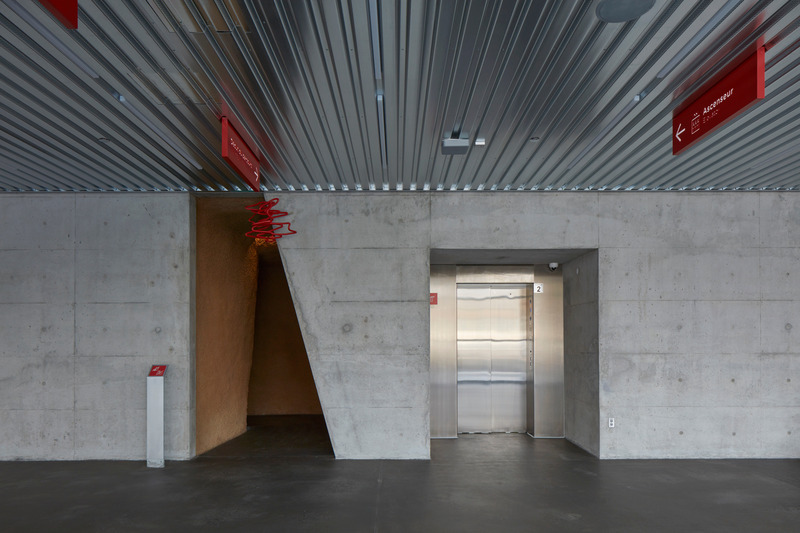
Metamorphosis of the Montréal Insectarium — Entrance to the Labyrinth
Very High-resolution image : 17.67 x 11.78 @ 300dpi ~ 7.9 MB
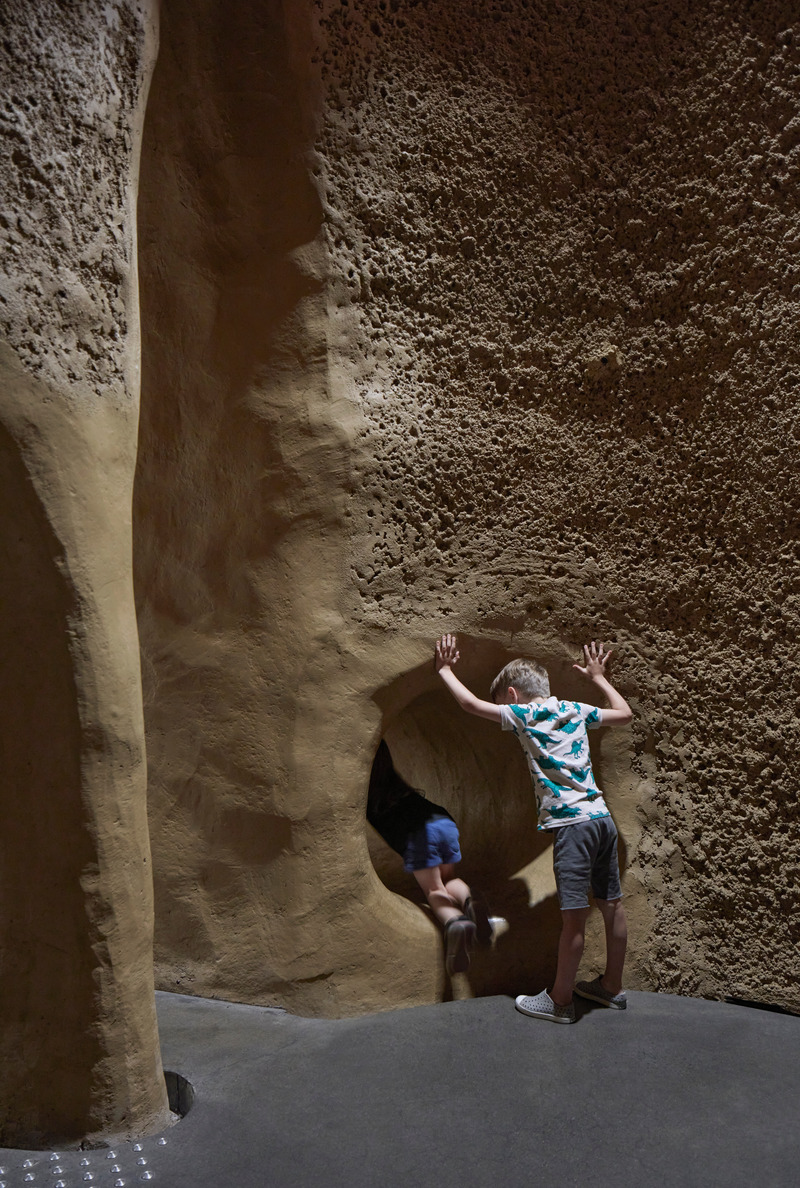
Very High-resolution image : 11.9 x 17.67 @ 300dpi ~ 13 MB
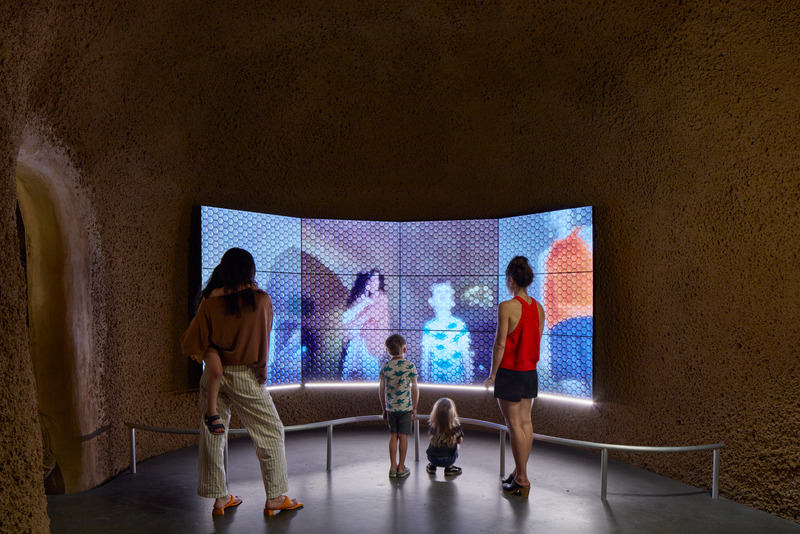
Metamorphosis of the Montréal Insectarium — Alcove "One eye, many facets"
Very High-resolution image : 17.67 x 11.79 @ 300dpi ~ 14 MB
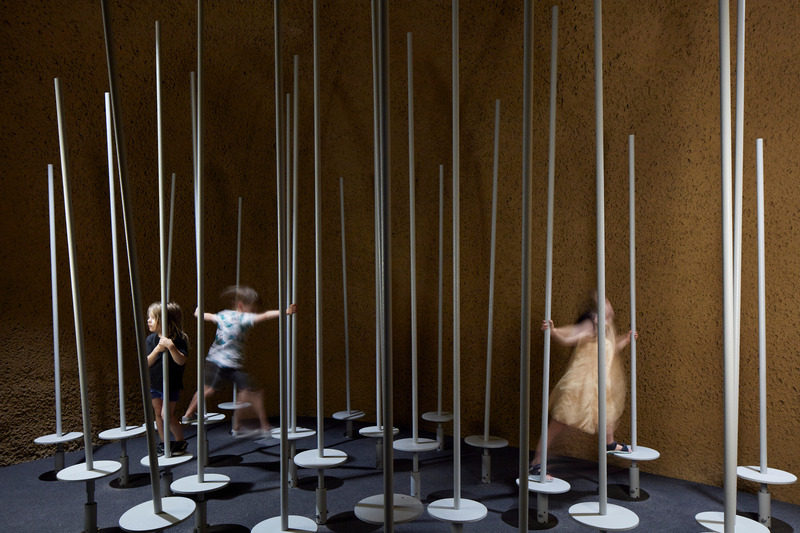
Metamorphosis of the Montréal Insectarium — Alcove "From blade to blade"
Very High-resolution image : 17.67 x 11.78 @ 300dpi ~ 11 MB
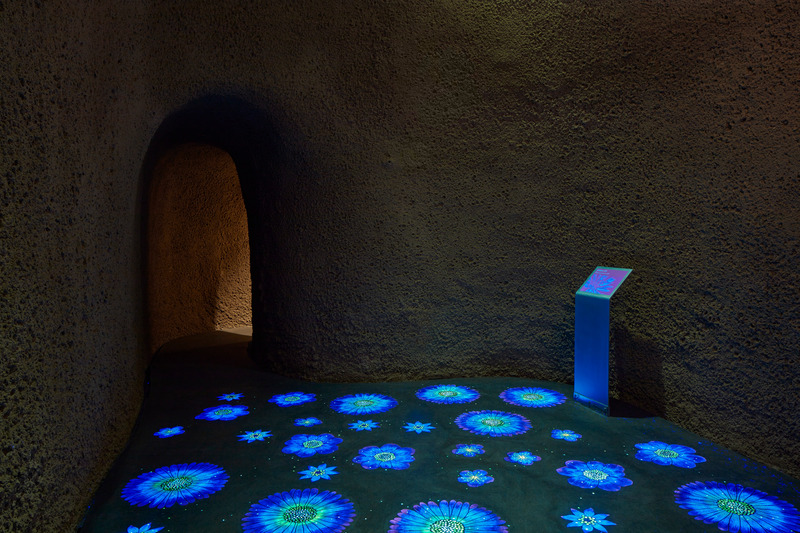
Very High-resolution image : 17.67 x 11.78 @ 300dpi ~ 15 MB
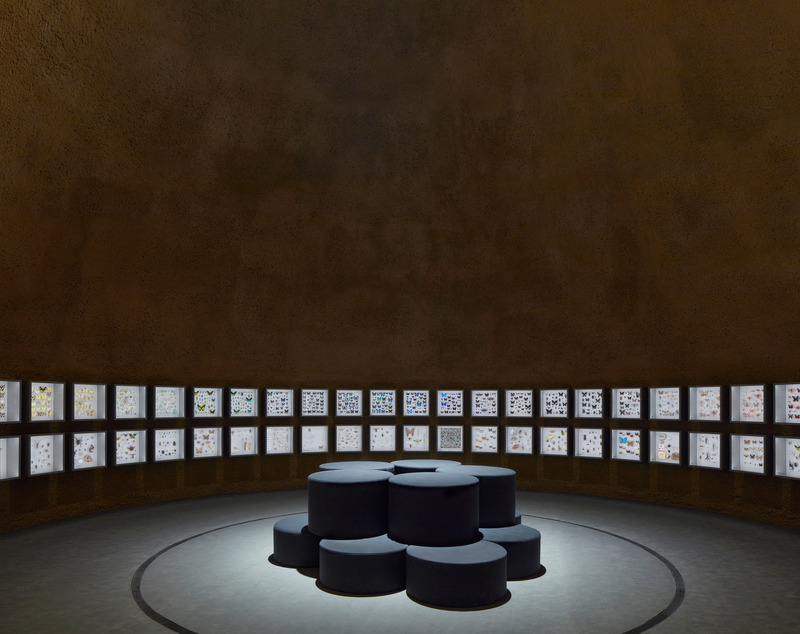
Metamorphosis of the Montréal Insectarium — Dome / Collection of naturalized specimens
Very High-resolution image : 17.67 x 14.0 @ 300dpi ~ 13 MB
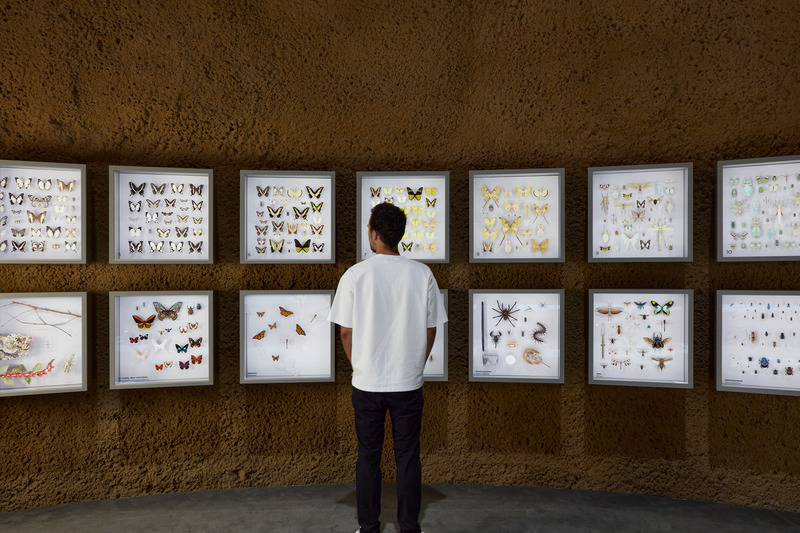
Metamorphosis of the Montréal Insectarium — Dome / Collection of naturalized specimens
Very High-resolution image : 17.67 x 11.78 @ 300dpi ~ 13 MB
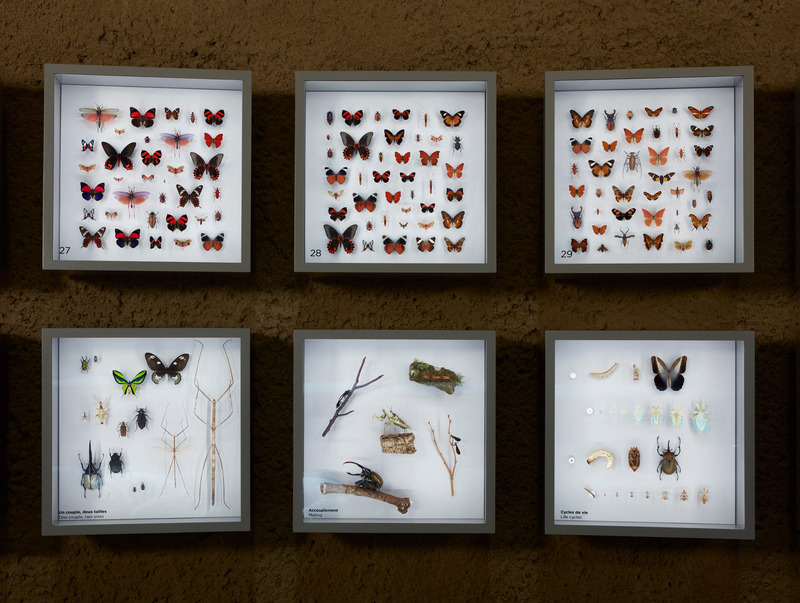
Very High-resolution image : 17.67 x 13.32 @ 300dpi ~ 11 MB
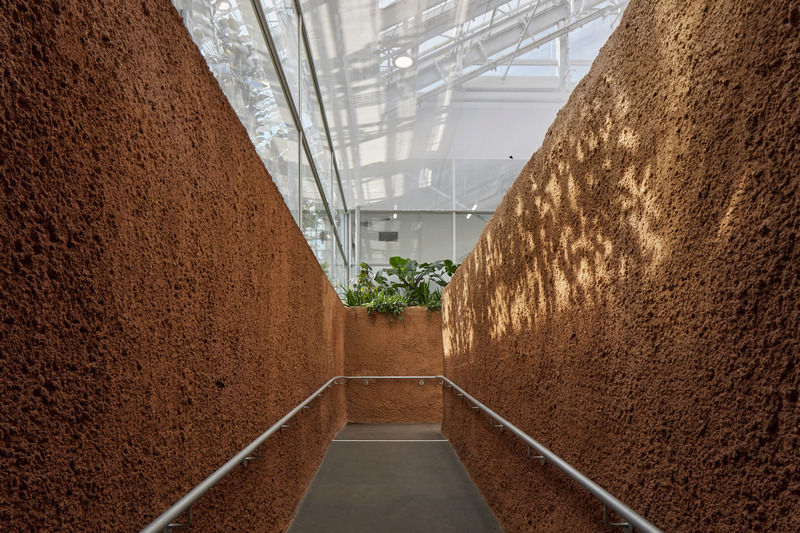
Metamorphosis of the Montréal Insectarium — Ramp to the Grand Vivarium
Very High-resolution image : 17.67 x 11.78 @ 300dpi ~ 18 MB
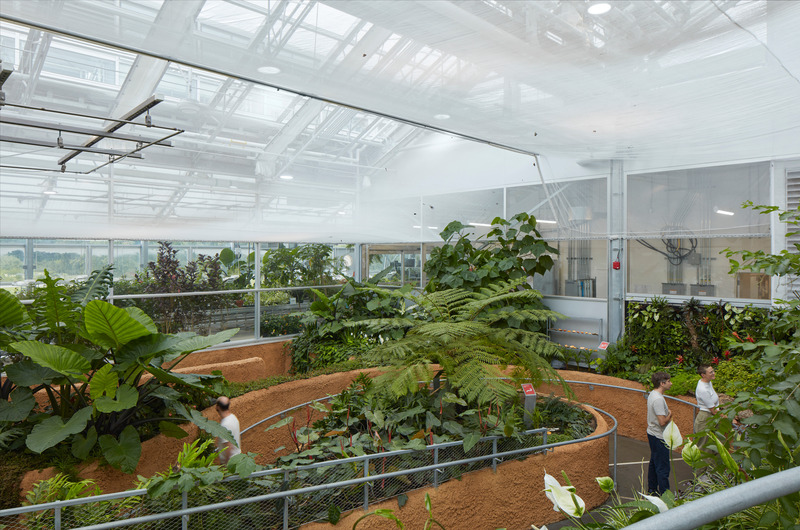
Metamorphosis of the Montréal Insectarium — Grand Vivarium with view on the plant production
Very High-resolution image : 17.67 x 11.71 @ 300dpi ~ 13 MB
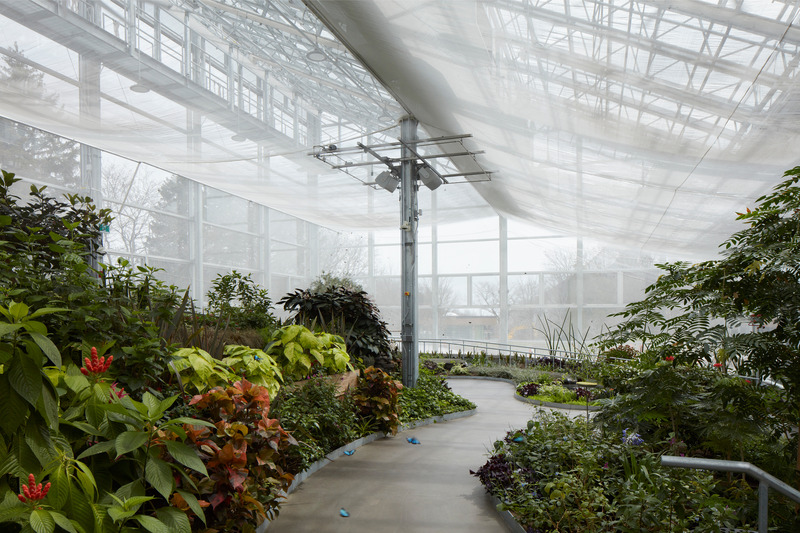
Metamorphosis of the Montréal Insectarium — Grand Vivarium with free-living insects
Very High-resolution image : 17.67 x 11.77 @ 300dpi ~ 13 MB
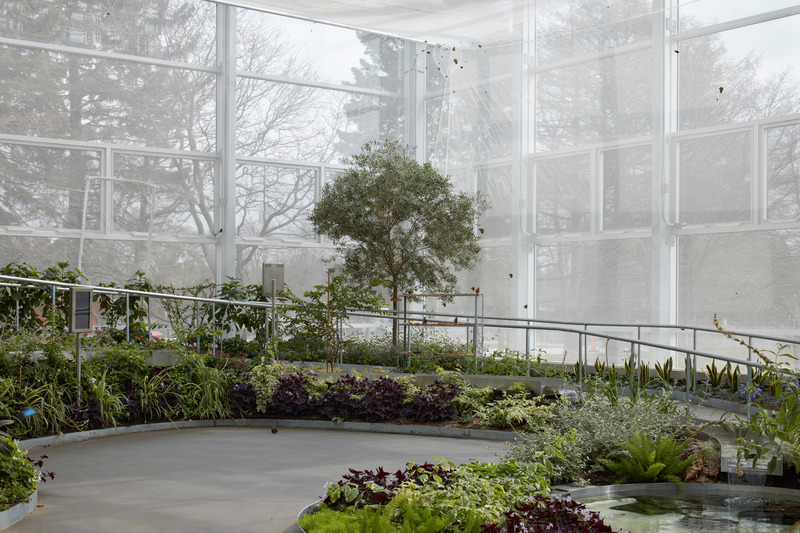
Metamorphosis of the Montréal Insectarium — Grand Vivarium with free-living insects
Very High-resolution image : 17.67 x 11.78 @ 300dpi ~ 14 MB

Metamorphosis of the Montréal Insectarium — Grand Vivarium with free-living insects
Very High-resolution image : 17.67 x 11.78 @ 300dpi ~ 14 MB
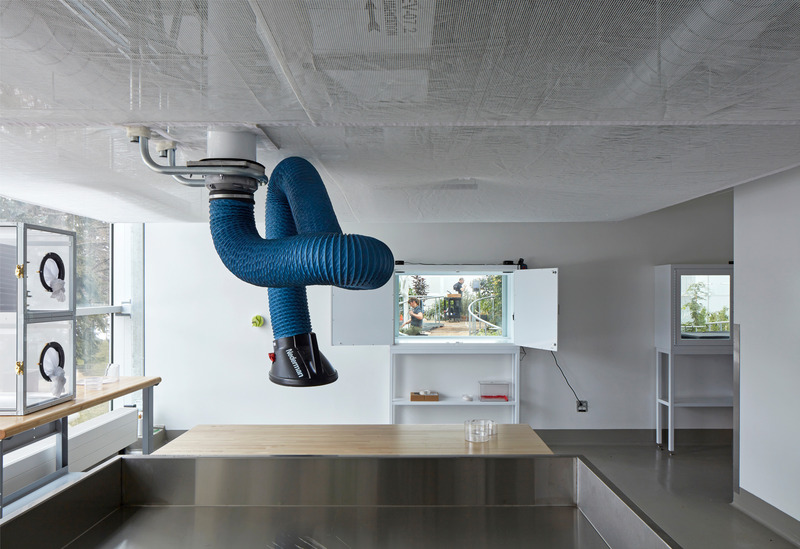
Metamorphosis of the Montréal Insectarium — Laboratory
Very High-resolution image : 17.67 x 12.11 @ 300dpi ~ 13 MB
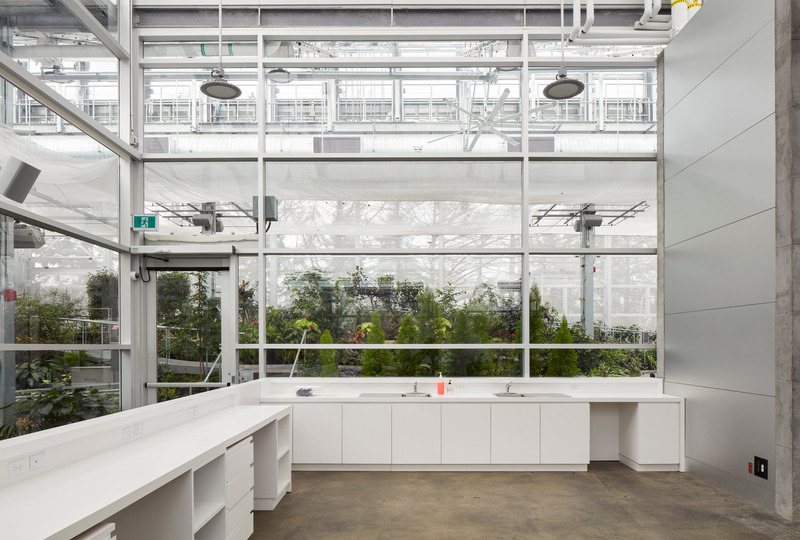
Metamorphosis of the Montréal Insectarium — Creative Workshop
Very High-resolution image : 17.67 x 11.93 @ 300dpi ~ 9.9 MB
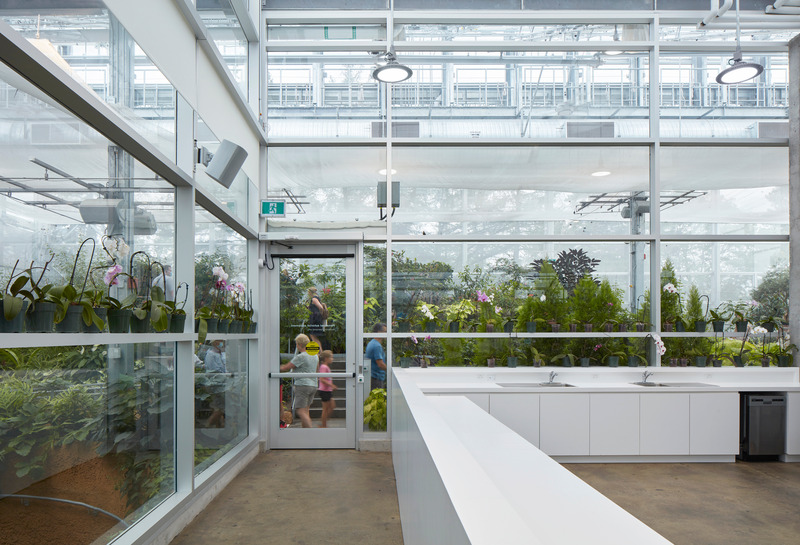
Metamorphosis of the Montréal Insectarium — View on the Grand Vivarium from the Creative Workshop
Very High-resolution image : 17.67 x 12.04 @ 300dpi ~ 11 MB
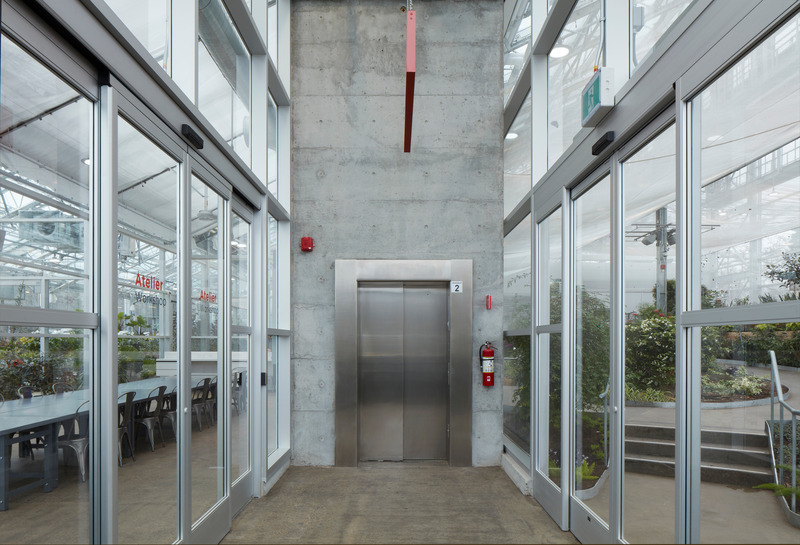
Metamorphosis of the Montréal Insectarium — Passage between the Creative Workshop and the Grand Vivarium
Very High-resolution image : 17.67 x 12.03 @ 300dpi ~ 10 MB
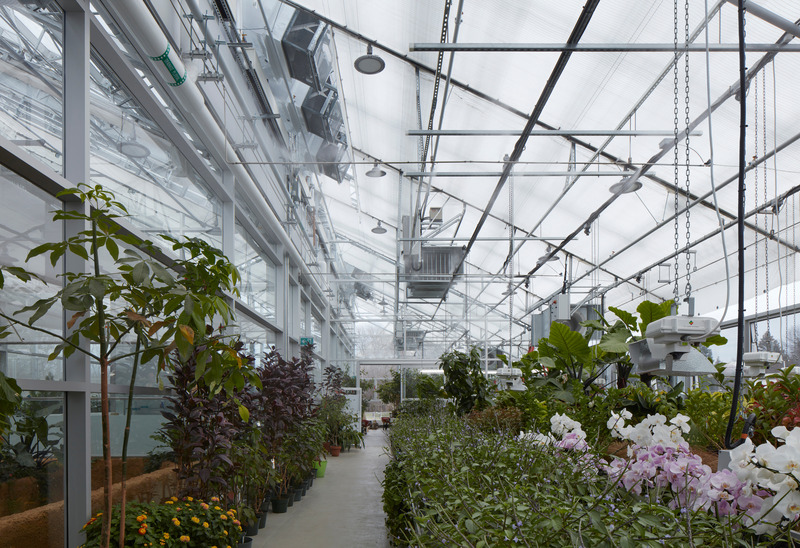
Metamorphosis of the Montréal Insectarium — Greenhouse for plant production
Very High-resolution image : 17.67 x 12.09 @ 300dpi ~ 13 MB
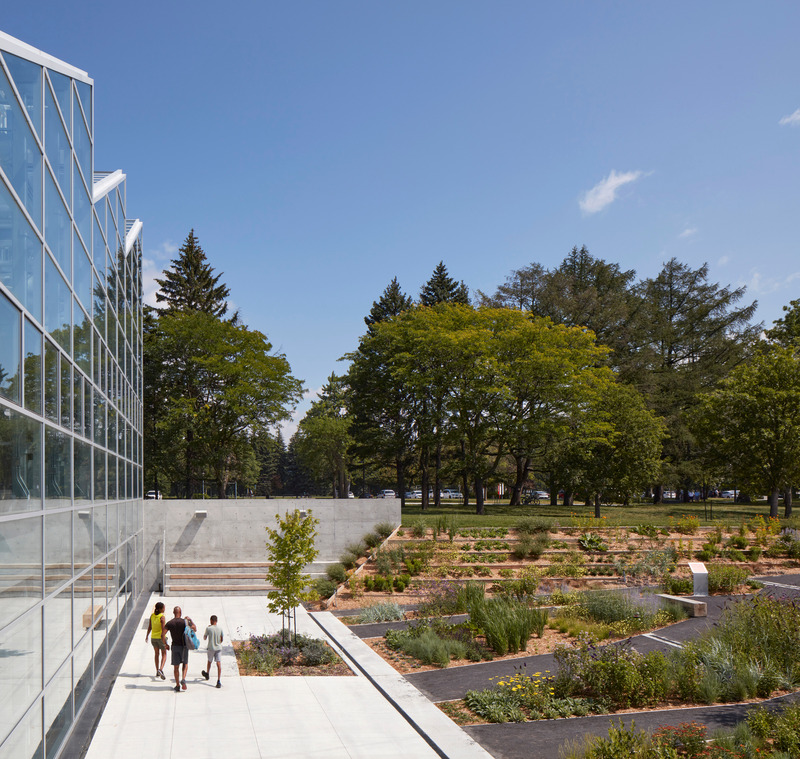
Metamorphosis of the Montréal Insectarium — Esplanade and Pollinator Garden
High-resolution image : 12.41 x 11.78 @ 300dpi ~ 9.3 MB

Metamorphosis of the Montréal Insectarium — Main façade and Pollinator Garden
Very High-resolution image : 11.78 x 17.67 @ 300dpi ~ 11 MB
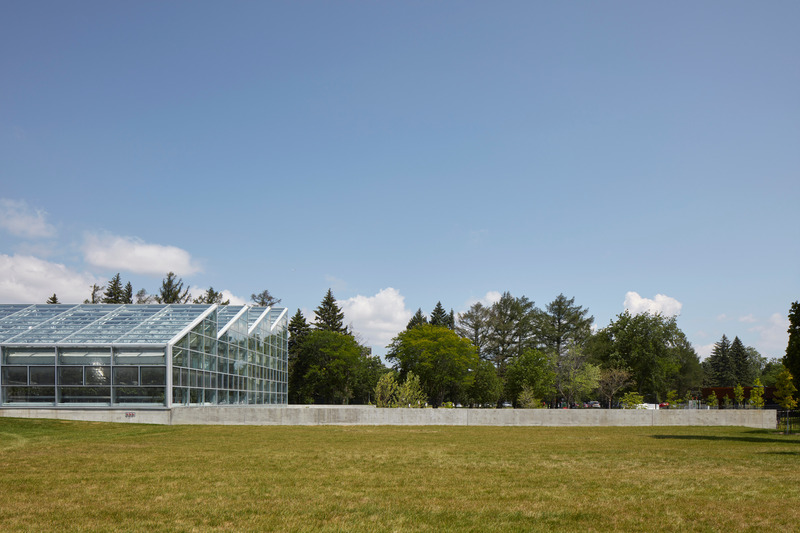
Metamorphosis of the Montréal Insectarium — South façade
Very High-resolution image : 17.67 x 11.78 @ 300dpi ~ 11 MB
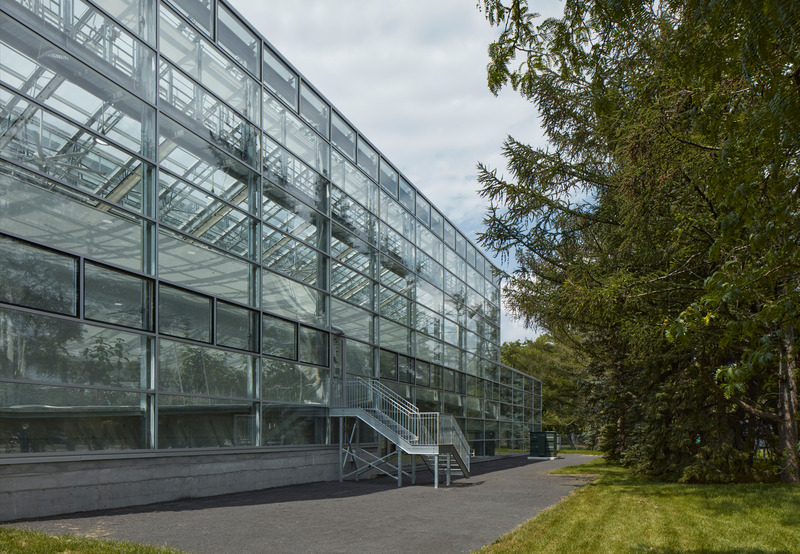
Metamorphosis of the Montréal Insectarium — North façade
Very High-resolution image : 17.67 x 12.23 @ 300dpi ~ 15 MB
